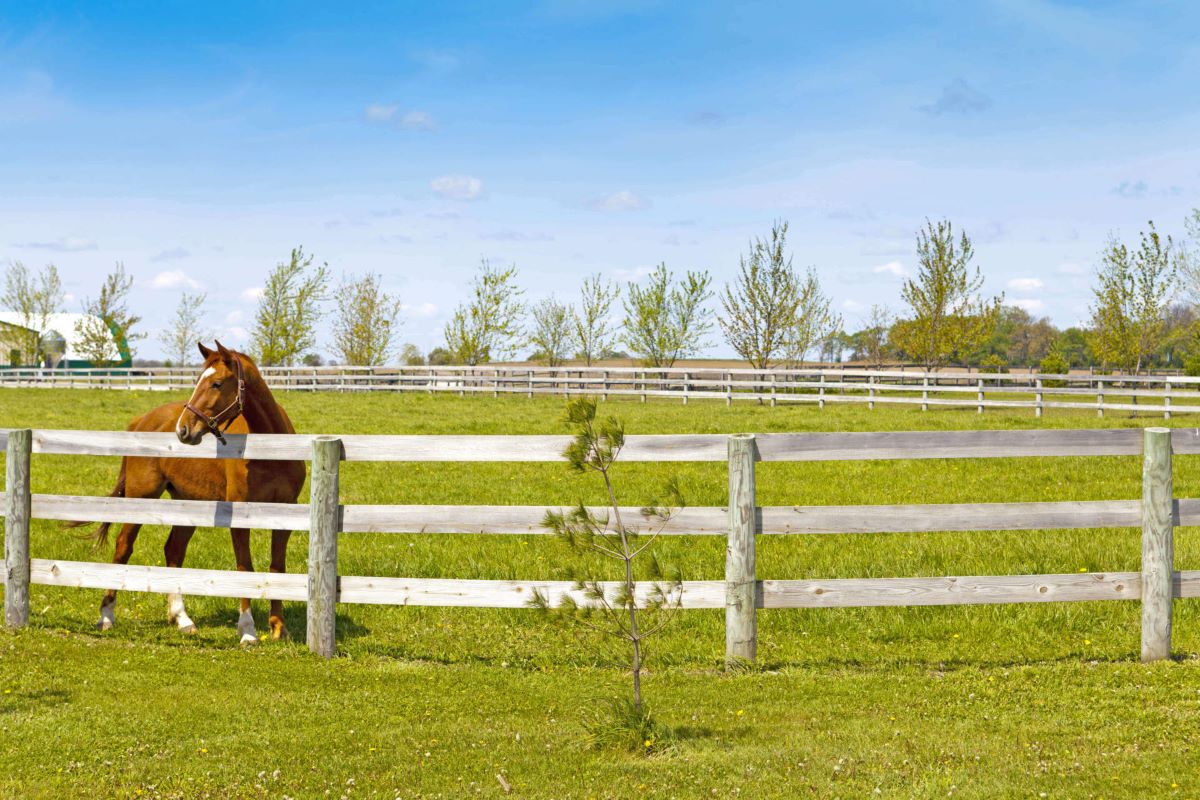

Articles
How Tall Should Horse Fence Be
Modified: February 23, 2024
Learn about the ideal height for horse fences in our informative articles. Ensure the safety and security of your horses with the right fence height.
(Many of the links in this article redirect to a specific reviewed product. Your purchase of these products through affiliate links helps to generate commission for Storables.com, at no extra cost. Learn more)
Introduction
When it comes to keeping horses safely contained and secure, choosing the right fence height is crucial. Horses have specific height requirements based on their size, behavior, and activities. The fence not only serves as a physical barrier, but it also plays a vital role in preventing horses from jumping over or escaping from their boundaries.
In this article, we will explore the factors to consider when determining the appropriate height for a horse fence. We will also discuss the legal requirements, horse height and behavior considerations, types of horse fences, recommended fence heights, and additional considerations to ensure the safety and well-being of your horses.
Key Takeaways:
- Choose the right horse fence height by considering factors like horse behavior, breed, and legal requirements. This ensures safety, containment, and a secure environment for your horses.
- Different horse breeds and activities require varying fence heights. Consider visibility, maintenance, and potential threats to create a safe and functional enclosure for your horses.
Read more: How Tall Should A Privacy Fence Be
Factors to Consider
When deciding on the appropriate height for a horse fence, several factors come into play. These factors include the purpose of the fence, the terrain of the area, the number of horses, and any neighboring animals or properties.
Purpose of the Fence: Determine the primary purpose of the fence. Is it to contain the horses within a specific area or to keep them out of certain areas? This will help determine the height requirement.
Terrain: Take into account the natural landscape and terrain of the area where the fence will be installed. If there are steep slopes or uneven ground, additional height may be necessary to prevent horses from jumping or climbing over the fence.
Number of Horses: Consider the number of horses that will be contained within the fenced area. An overcrowded space may lead to dominance behaviors, such as horses trying to jump the fence to establish their territory. In such cases, taller fences are recommended.
Neighboring Animals or Properties: If there are other animals or neighboring properties adjacent to the horse enclosure, it is important to consider their impact on the fence height. For example, if there are dogs nearby, a taller fence may be required to prevent them from provoking the horses into attempting to jump over the fence.
Security Level: Assess the desired level of security and containment. If the horses are of high monetary value or if there is a risk of theft or vandalism, a taller fence can act as a deterrent and provide additional protection.
By considering these factors, you can make an informed decision on the appropriate height for your horse fence that meets both the safety and functional requirements.
Legal Requirements
Before installing a horse fence, it is important to research and understand the legal requirements in your area. Different regions and jurisdictions may have specific regulations regarding fence height and design for horse enclosures.
In some areas, there may be zoning ordinances, building codes, or agricultural guidelines that dictate the minimum height and specifications for horse fences. These regulations are typically in place to ensure the safety and welfare of the horses as well as the surrounding community.
Consult with local authorities, such as municipal governments or agricultural departments, to obtain information on the legal requirements for horse fences in your area. They can provide you with the necessary information to ensure that your fence meets all necessary standards and regulations.
By adhering to the legal requirements, you not only stay in compliance with local laws but also contribute to the overall safety and well-being of your horses and the community in which they reside.
Horse Height and Behavior
The height of the horses that will be contained within the fenced area is a crucial factor to consider when determining the appropriate fence height. Different horse breeds and sizes have varying abilities to jump or scale fences.
Generally, smaller horse breeds such as ponies or miniature horses are less likely to attempt to jump over fences compared to larger breeds. However, it is important to note that there can be exceptions within each breed, and individual horse behavior should also be taken into account.
Younger horses or horses with a more energetic and adventurous nature may have a higher tendency to attempt to jump or climb over fences. Stallions, in particular, may exhibit more aggressive behavior and have higher jumping abilities, requiring taller fences for containment.
Additionally, consider the training and discipline level of your horses. Well-trained and obedient horses are less likely to challenge fences compared to those with less training or behavioral issues.
Observing your horses’ behavior is crucial in determining their likelihood of attempting to jump or escape. If you notice signs of restlessness, fence-testing, or previous attempts at escape, it may be necessary to raise the fence height to ensure their containment and safety.
Keep in mind that horses are social animals and can be influenced by their herd mates. They may attempt to jump or climb fences if they see other horses doing so. Therefore, it is essential to assess the behavior and jumping capabilities of all horses that will be residing within the fenced area.
Considering the height and behavior of your horses will help you determine the appropriate fence height, ensuring their safety and preventing any potential escapes or injuries.
The ideal height for horse fencing is typically 4.5 to 5.5 feet to prevent horses from jumping over. However, the specific height may vary depending on the breed and size of the horses.
Types of Horse Fences
There are various types of horse fences available, each with its own advantages and considerations. The choice of fence type depends on factors such as budget, maintenance requirements, visibility, and durability.
1. Wooden Rail Fences: Wooden rail fences are a traditional and aesthetically pleasing option. They provide a classic look and can be customized to different heights. However, they require regular maintenance, including painting or staining, to ensure longevity.
2. Vinyl/PVC Fences: Vinyl or PVC fences offer a low-maintenance alternative to wooden fences. They are durable, long-lasting, and resistant to weather conditions. These fences are available in various styles, including traditional rail, crossbuck, and mesh designs.
3. Electric Fences: Electric fences use a mild, low-voltage electric charge to deliver a harmless shock to horses if they attempt to touch or cross the fence. They are often used as a temporary or supplemental fencing option and can be effective in training horses to respect boundaries.
4. Wire Mesh Fences: Wire mesh fences, also known as no-climb fences, are made of woven wire mesh that prevents horses from putting their hooves through or climbing over the fence. These fences provide excellent visibility and can be a suitable option for containing horses of all sizes.
5. Pipe and Cable Fences: Pipe and cable fences consist of sturdy, horizontal pipes supported by vertical posts, with cables running between the pipes. This type of fence offers a durable and secure containment option but can be more expensive to install compared to other types.
6. High Tensile Wire Fences: High tensile wire fences are made of thin, high-strength wire strands that are tightly stretched between posts. They provide good visibility and are cost-effective, but require proper installation and regular maintenance to ensure safety.
These are just a few examples of the types of horse fences available. It is important to carefully consider the pros and cons of each option to determine which fence type best suits your specific needs, budget, and aesthetics.
Read more: How Tall Should A Deer Fence Be
Recommended Fence Heights
The recommended fence height for horses depends on several factors, including the horse’s breed, size, and behavior. Different situations may require varying fence heights to ensure the safety and containment of the horses.
1. Minimum Recommended Height: As a general guideline, the minimum recommended height for a horse fence is typically 4 to 5 feet. This height is suitable for smaller horse breeds, such as ponies or miniature horses, and can prevent them from easily jumping or stepping over the fence.
2. Standard Height for Most Horses: The standard recommended height for most horses is around 5 to 6 feet. This height provides adequate containment and prevents horses from attempting to climb or jump over the fence. It is suitable for average-sized horses.
3. Taller Fences for High-Jumping Breeds: For breeds known for their jumping abilities, such as Thoroughbreds or Warmbloods, taller fences may be necessary. A recommended height of 6 to 7 feet or even higher can help deter these horses from attempting to jump over the fence.
4. Stallion-Specific Fences: Stallions, being more territorial and potentially more aggressive, may require taller fences to ensure safety and containment. A recommended height of 6 to 7 feet or higher is advisable for stallions to prevent them from challenging the fence or attempting to escape.
5. Specific Activities or Facilities: Consider the specific activities or facilities within the horse enclosure when determining the fence height. For example, if there are jumping activities or training areas, taller fences may be necessary to prevent horses from attempting to jump out of the designated areas.
It is important to remember that these are general recommendations, and individual horse behavior should be taken into consideration when determining the appropriate fence height. Assess your horses’ temperament, jumping abilities, and previous escape attempts when making your final decision.
Consulting with equine professionals, such as trainers, breeders, or fence installation experts, can provide valuable insights and guidance in selecting the most suitable fence height for your specific horse population and needs.
Additional Considerations
When determining the appropriate height for a horse fence, there are several additional factors to consider to ensure the safety and effectiveness of the enclosure.
1. Visibility: It is important to choose a fence design that provides good visibility for the horses. Horses rely on their vision, and fences that obstruct their view can cause anxiety and increase the likelihood of them attempting to jump or escape. Choosing fences with materials that allow horses to see through, such as wire mesh or pipe and cable, can be beneficial.
2. Maintenance and Durability: Consider the maintenance requirements and durability of the fence materials. Wooden fences, for example, may require more frequent maintenance compared to vinyl or wire fences. Choose materials that are weather-resistant and durable to minimize the need for repairs or replacements.
3. Gates and Entry Points: Ensure that gates and entry points are appropriately secured and built to the same height as the rest of the fence. Horses can easily learn how to manipulate gate latches or push against a weaker area, leading to potential escapes. Regularly inspect and maintain gates to ensure they remain secure and functional.
4. Ground Clearance: Consider the ground clearance of the fence to prevent the horses from getting their hooves caught or tangled in the fence. Ensure there is enough space between the ground and the bottom rail or wire to allow for natural movement and minimize the risk of injury.
5. Potential Predators or Outside Threats: If there are potential predators or outside threats in the vicinity, such as dogs, wildlife, or neighboring livestock, take into account the fence height necessary to provide sufficient protection and prevent interactions that may stress or endanger the horses.
6. Budget: Consider your budget when deciding on fence height and materials. While taller fences may be necessary in certain situations, it is important to find a balance between safety requirements and cost-effectiveness.
By considering these additional factors, you can ensure that the horse fence is not only appropriately tall but also functional, durable, and safe for your horses.
Conclusion
Choosing the right height for a horse fence is a critical decision that directly impacts the safety and containment of your horses. Factors such as horse breed, size, behavior, and specific requirements all come into play when determining the appropriate fence height.
By considering the purpose of the fence, the terrain, the number of horses, neighboring animals or properties, and the desired security level, you can make an informed decision that meets both legal requirements and the unique needs of your horses.
Understanding the specific height requirements for different breeds, especially those with high jumping abilities or stallion-specific considerations, is essential in maintaining a secure and well-contained horse enclosure.
Furthermore, selecting the right type of fence, whether it’s wooden rail, vinyl, electric, wire mesh, pipe and cable, or high tensile wire, is crucial for durability, visibility, and overall effectiveness in keeping your horses safe.
Remember to consider the additional factors such as visibility, maintenance and durability, gates and entry points, ground clearance, potential predators or outside threats, and your budget when determining the ideal fence height for your horses.
Consulting with equine professionals and local authorities to understand any legal requirements and gain expert advice will help ensure that your horse fence meets all necessary regulations and provides the highest level of safety for your horses.
By carefully considering all these factors and making an informed decision, you can provide a secure and comfortable environment for your horses, giving you peace of mind and allowing them to thrive in their designated space.
Frequently Asked Questions about How Tall Should Horse Fence Be
Was this page helpful?
At Storables.com, we guarantee accurate and reliable information. Our content, validated by Expert Board Contributors, is crafted following stringent Editorial Policies. We're committed to providing you with well-researched, expert-backed insights for all your informational needs.
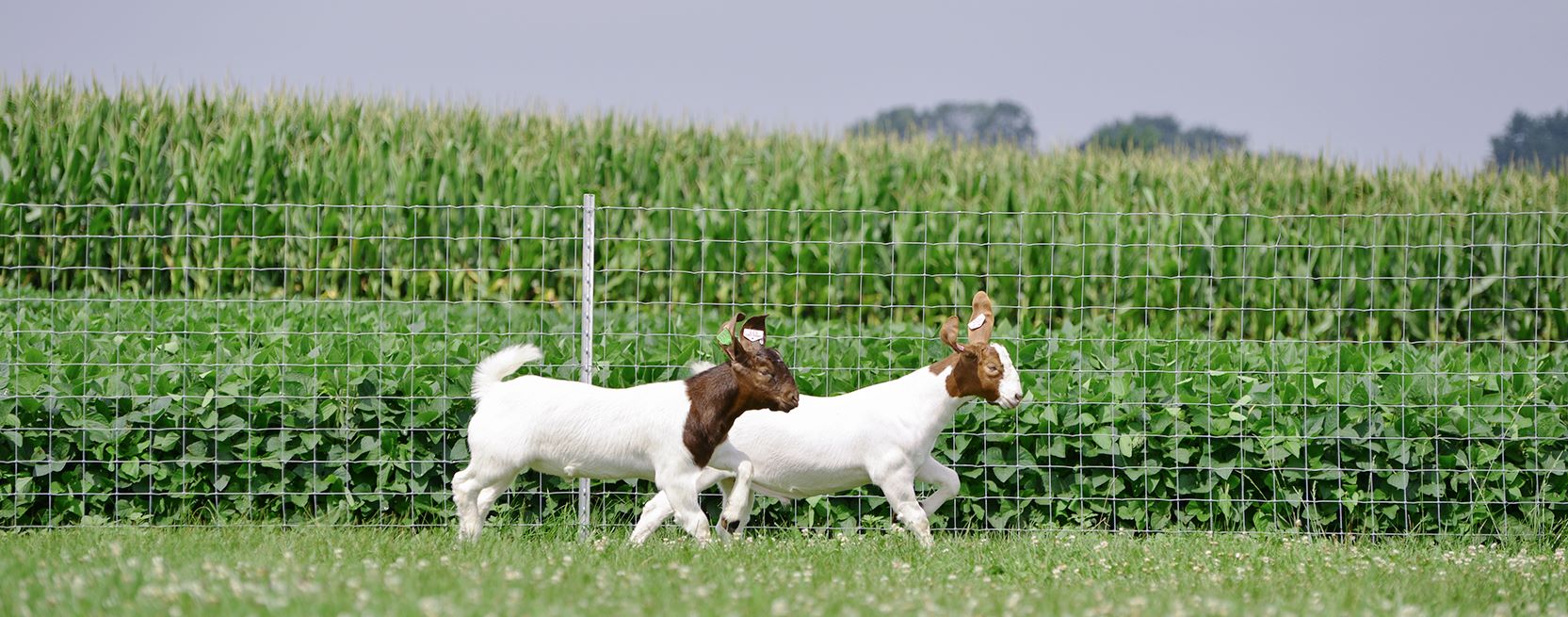
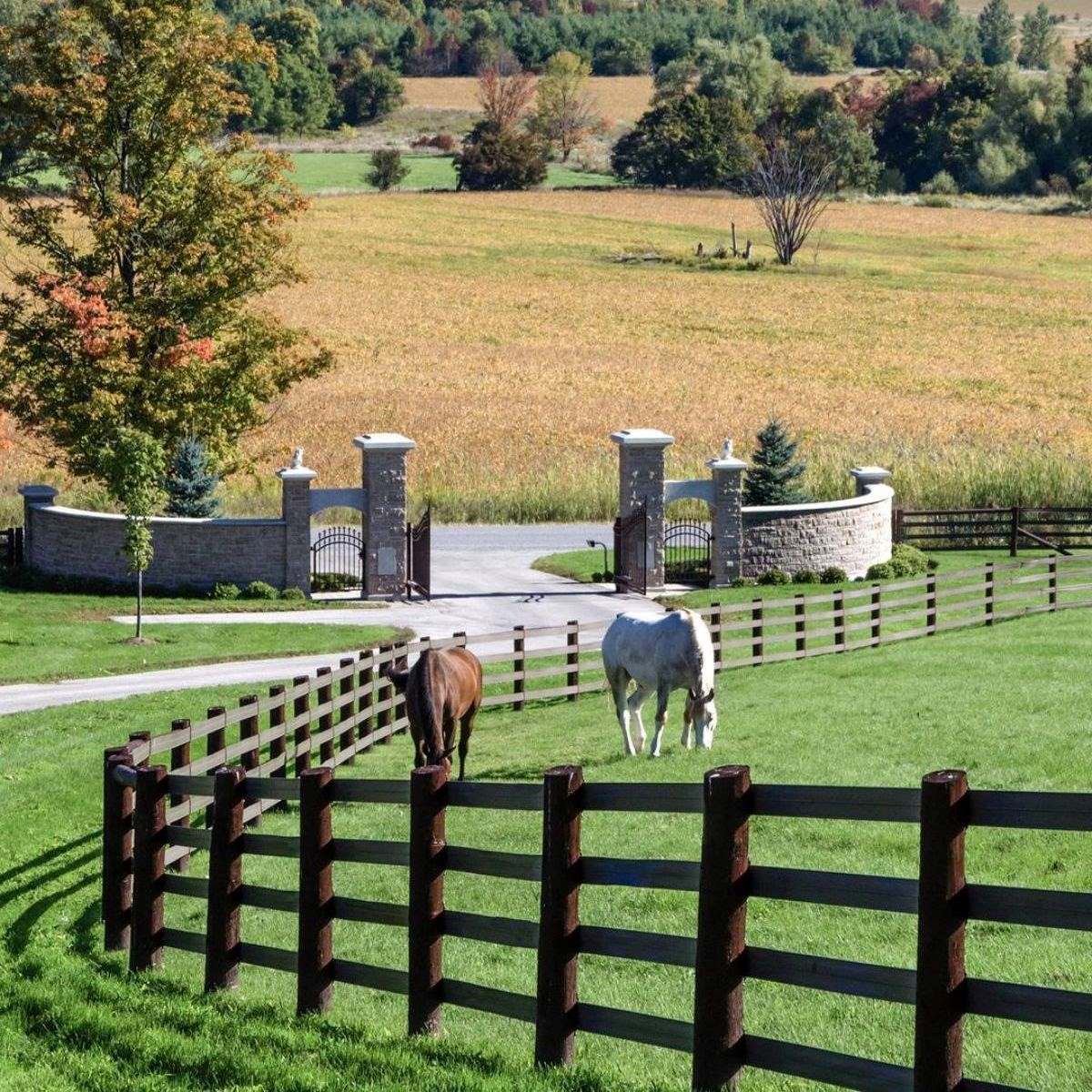
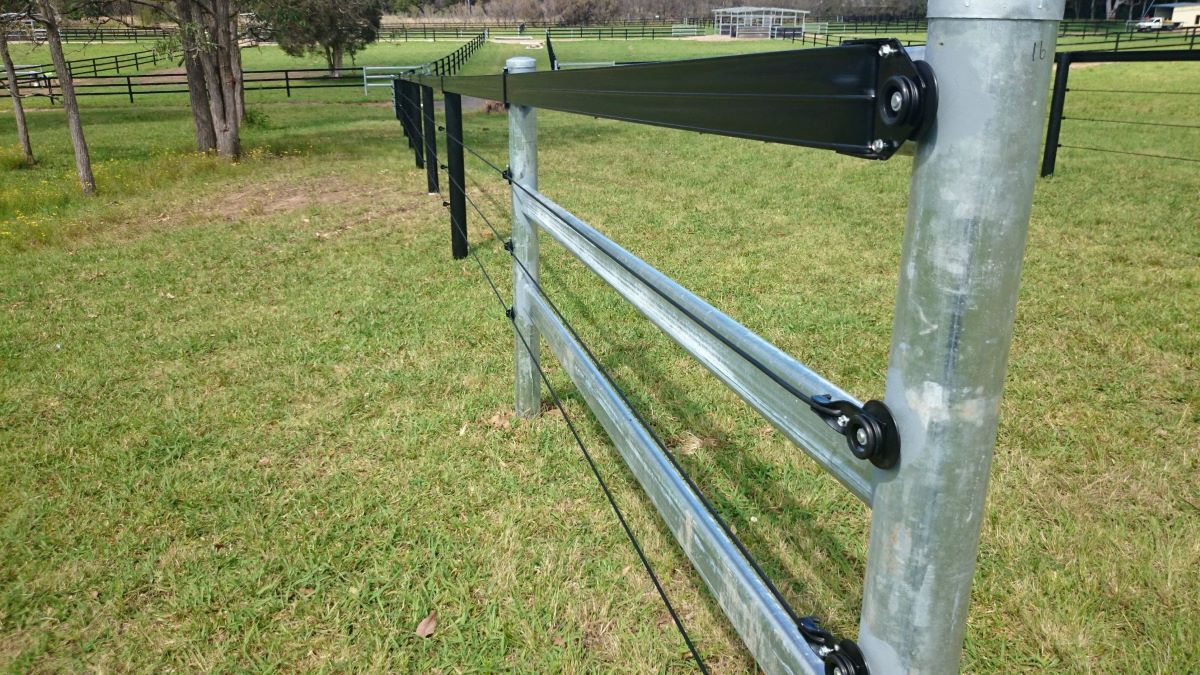
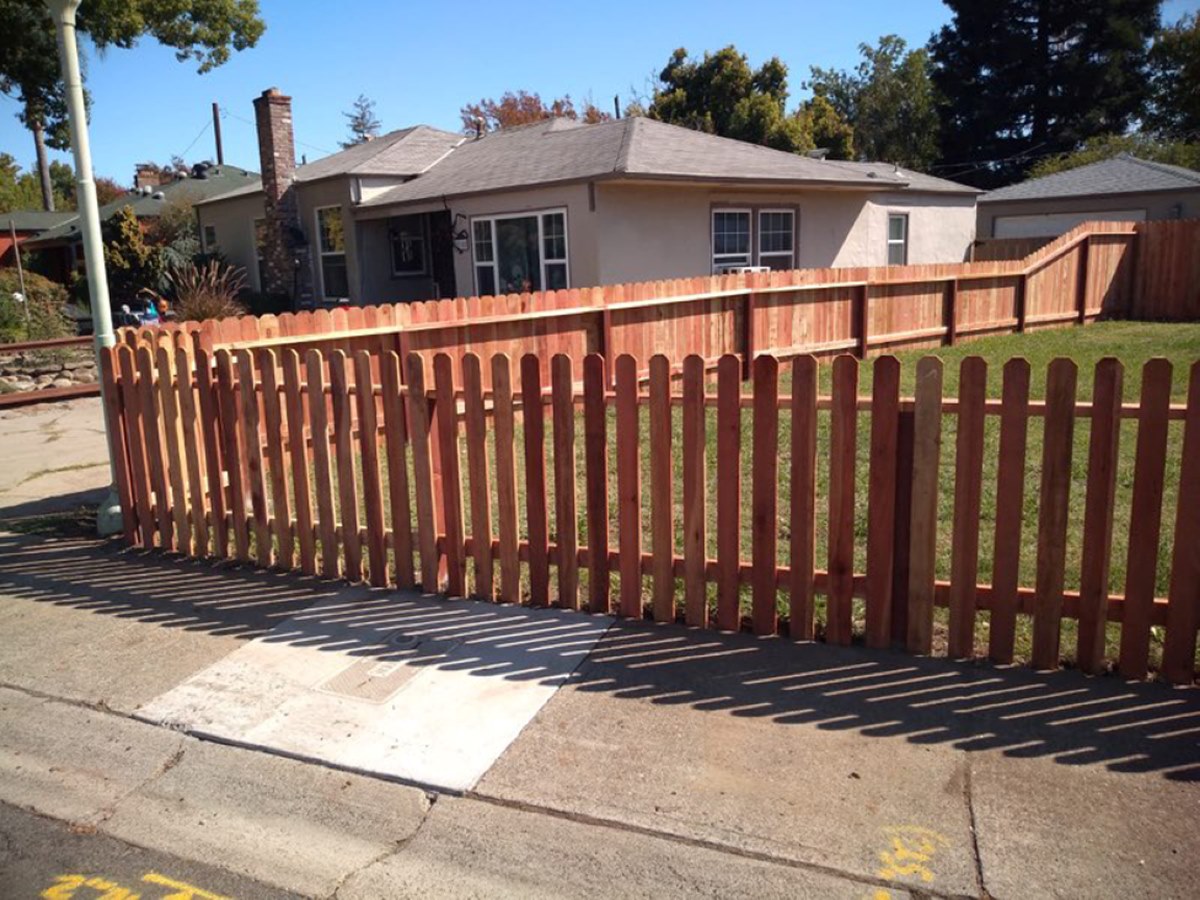
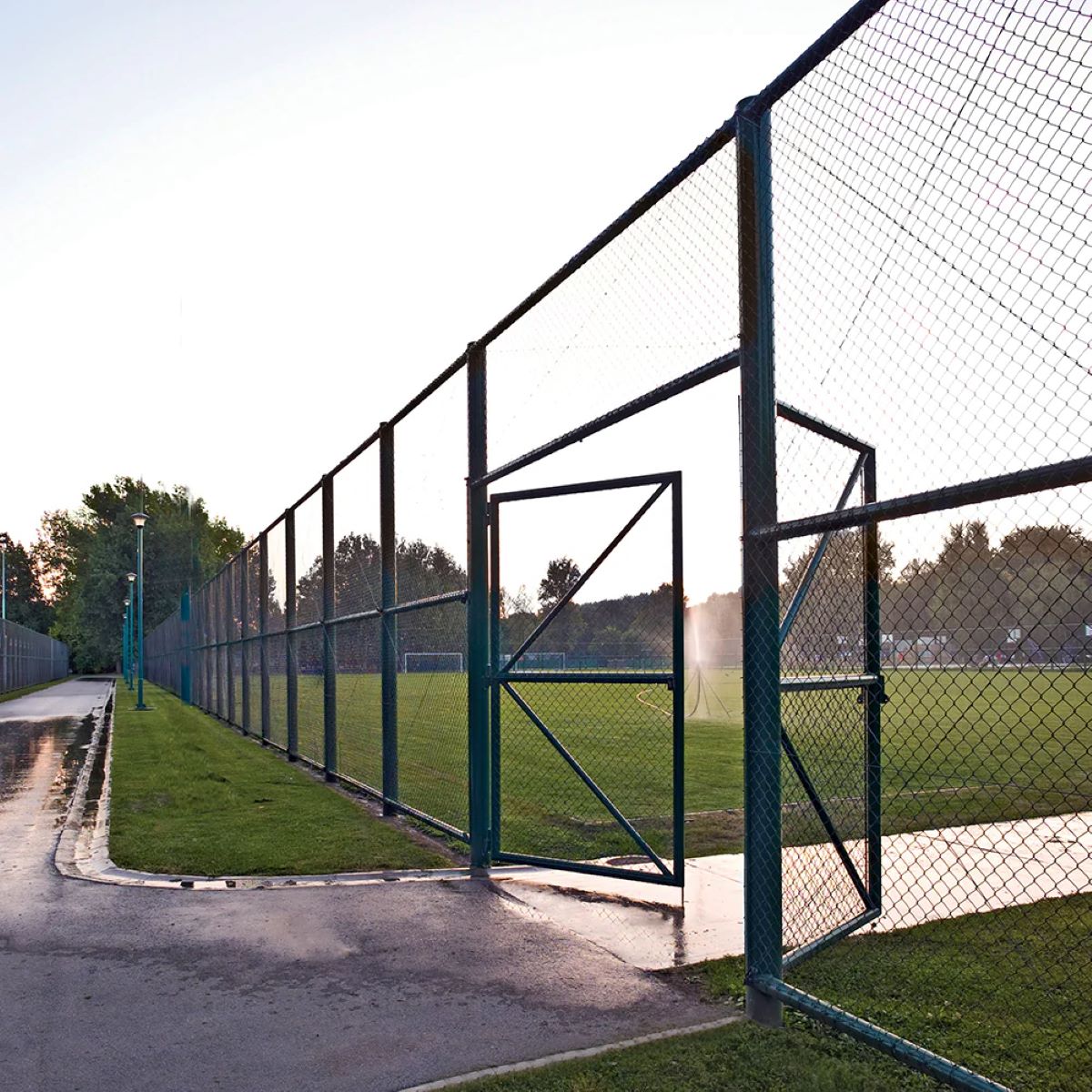
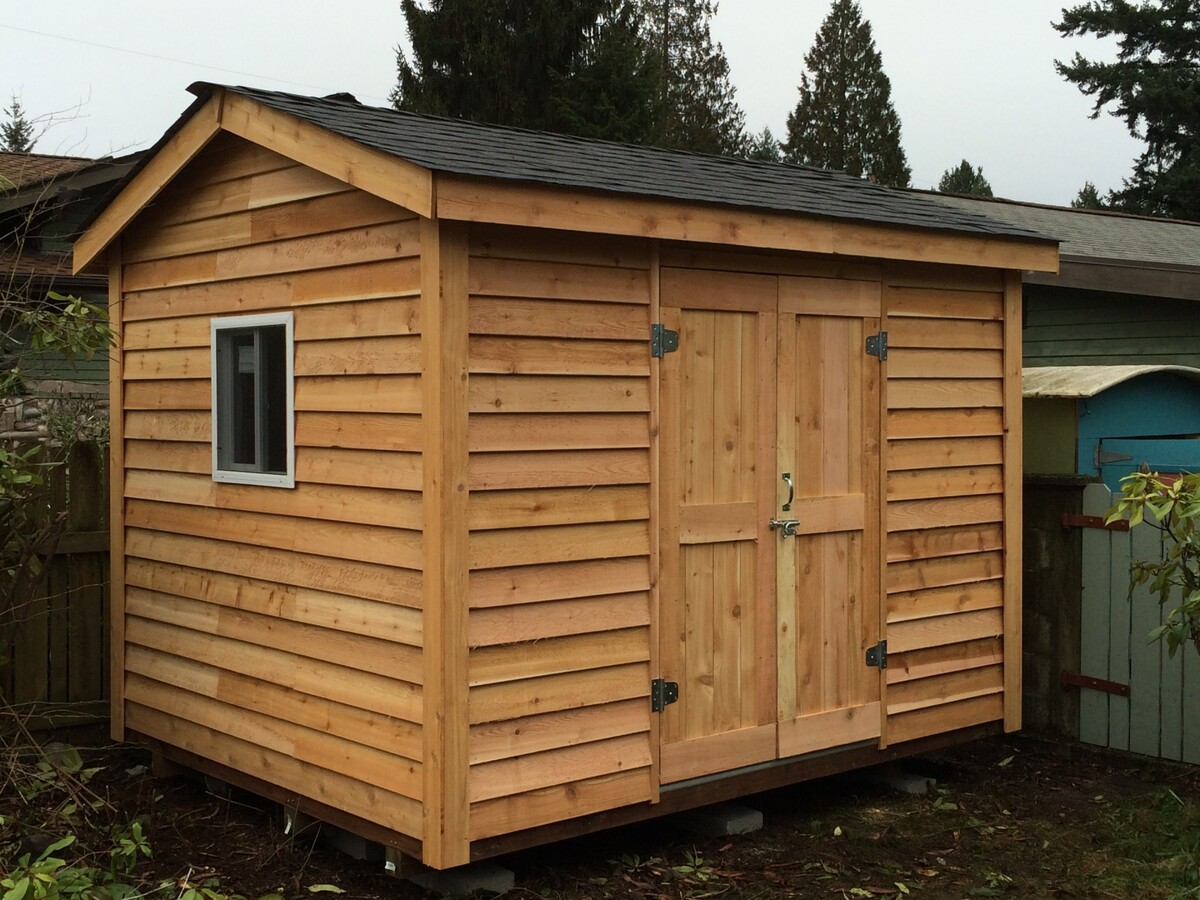
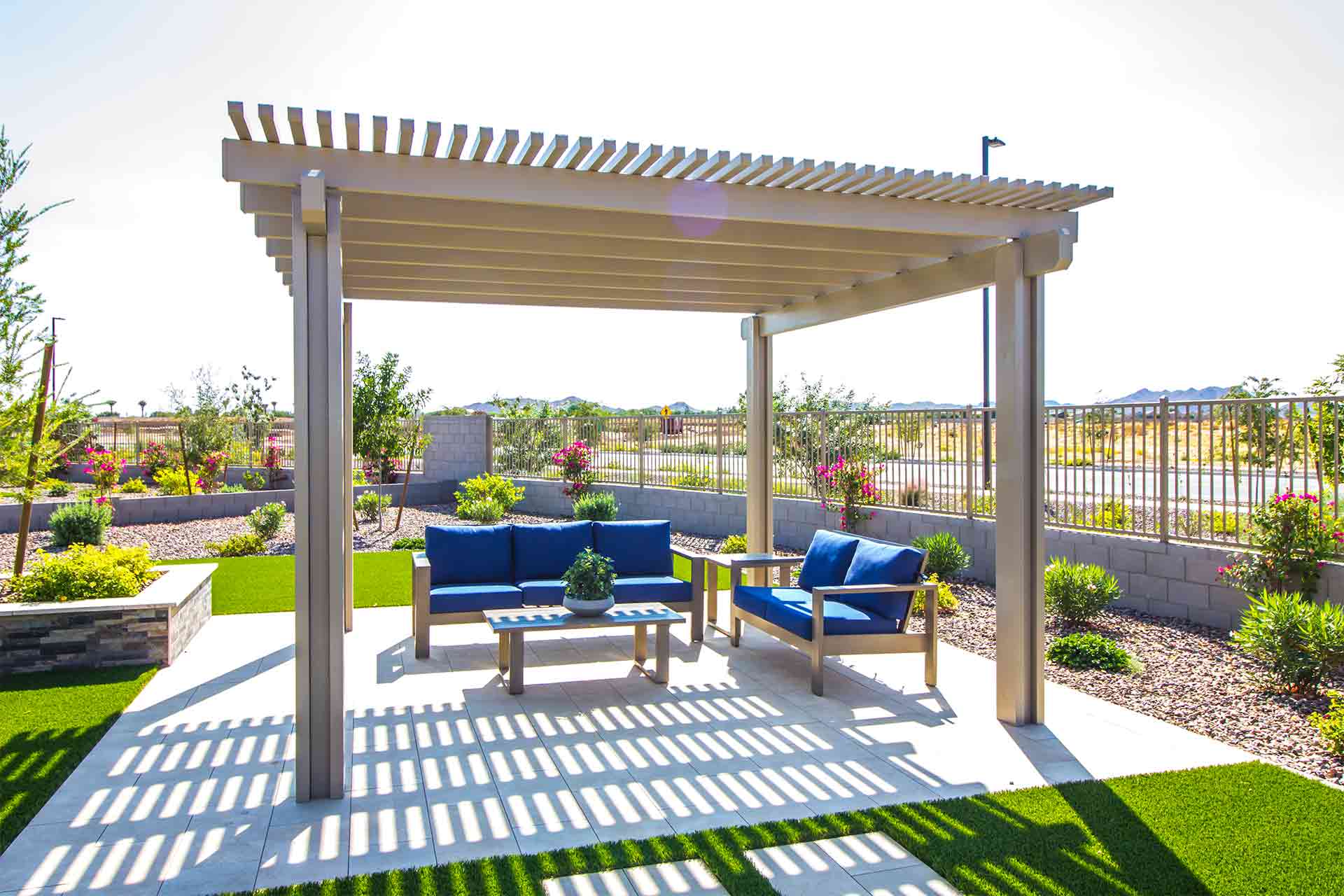
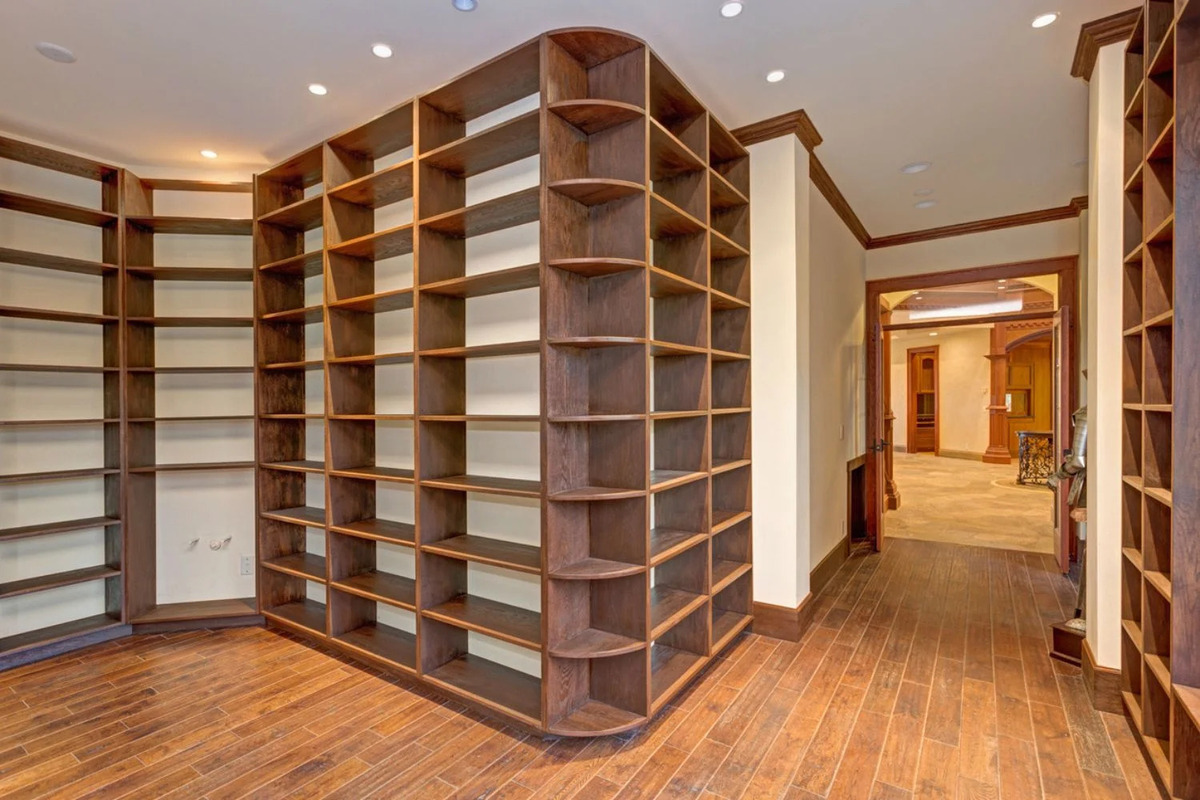

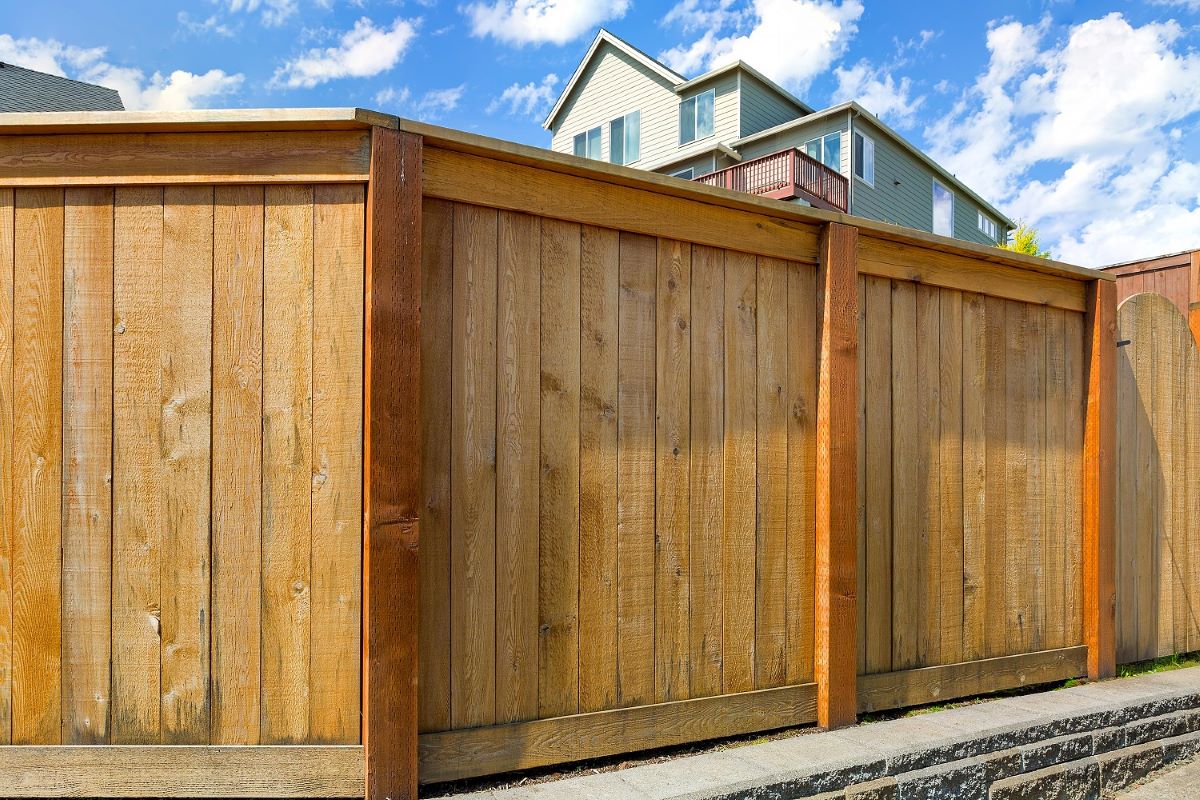
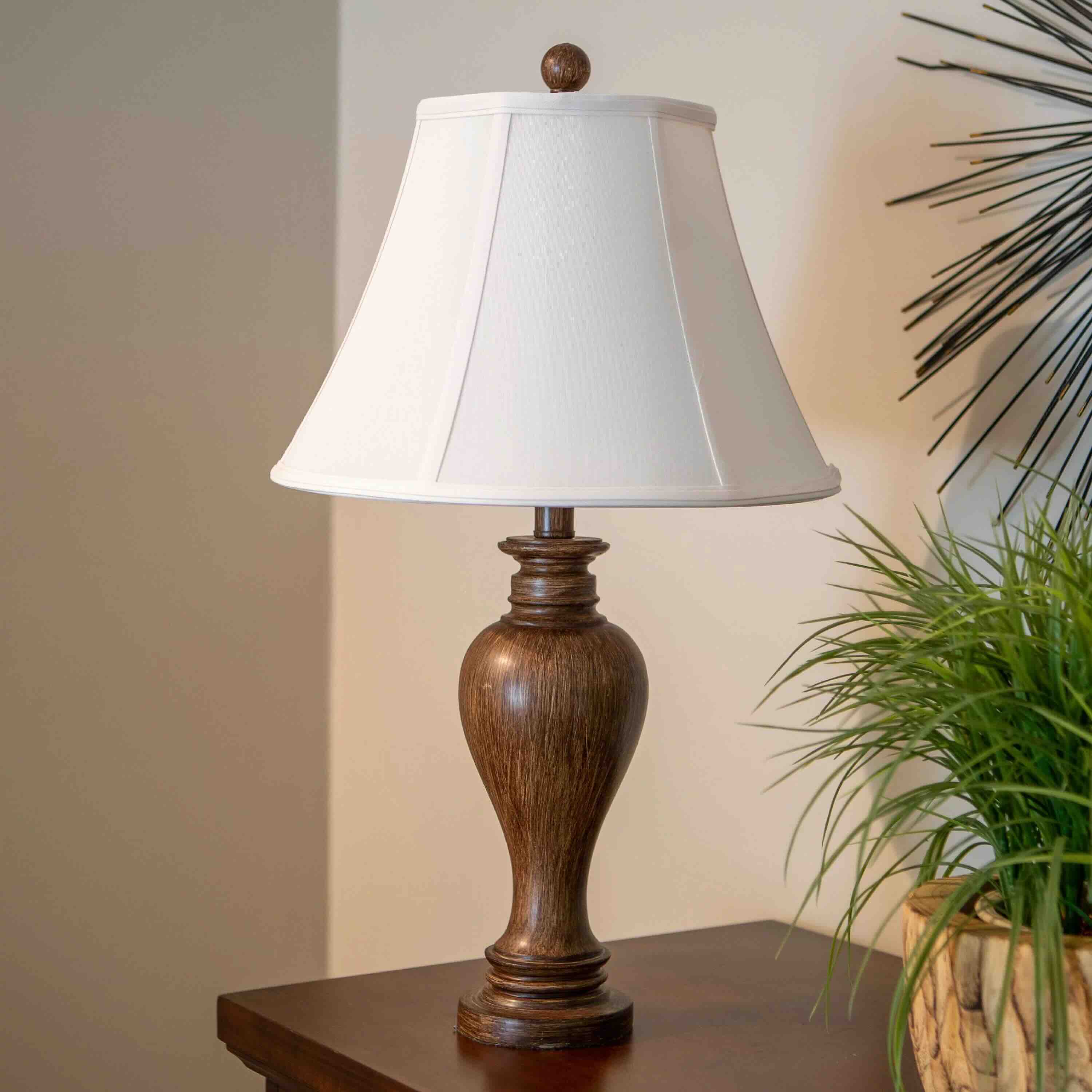
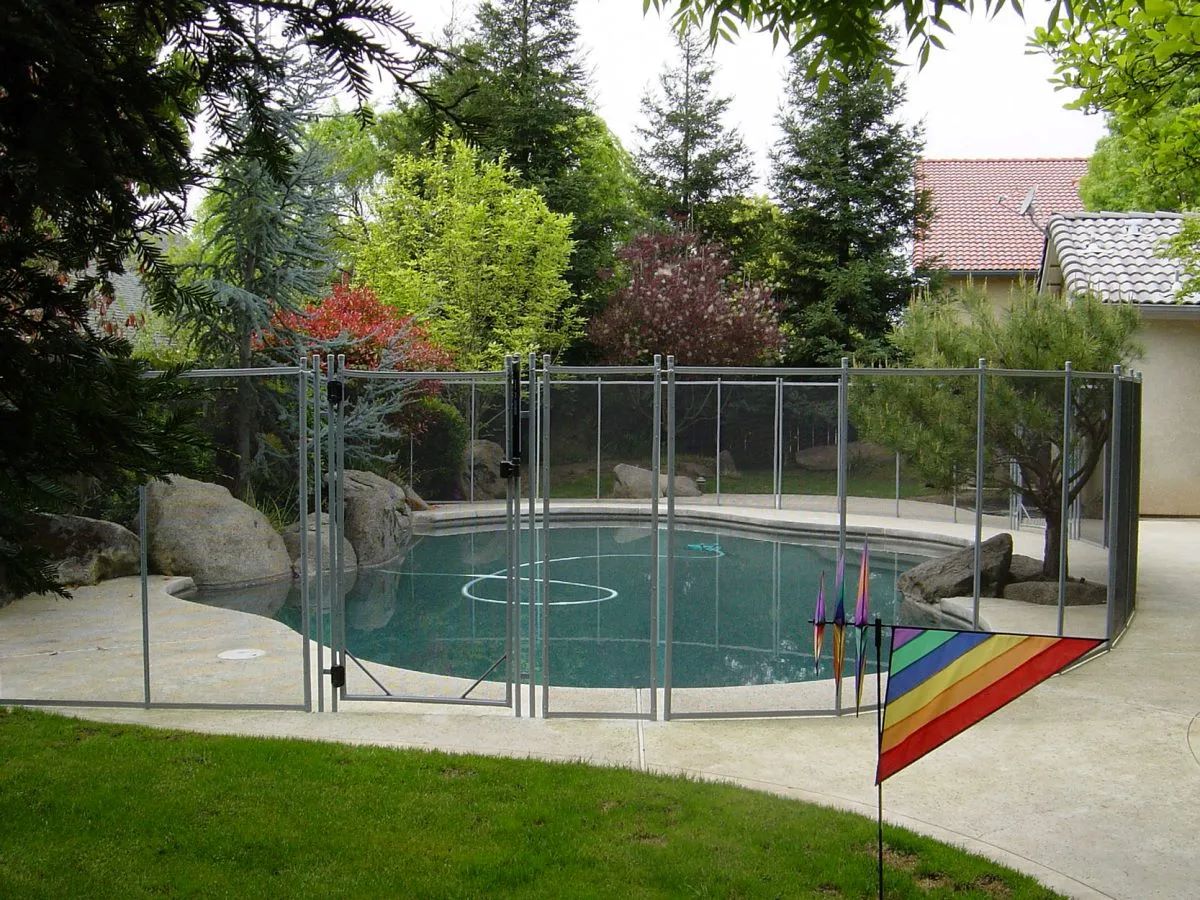

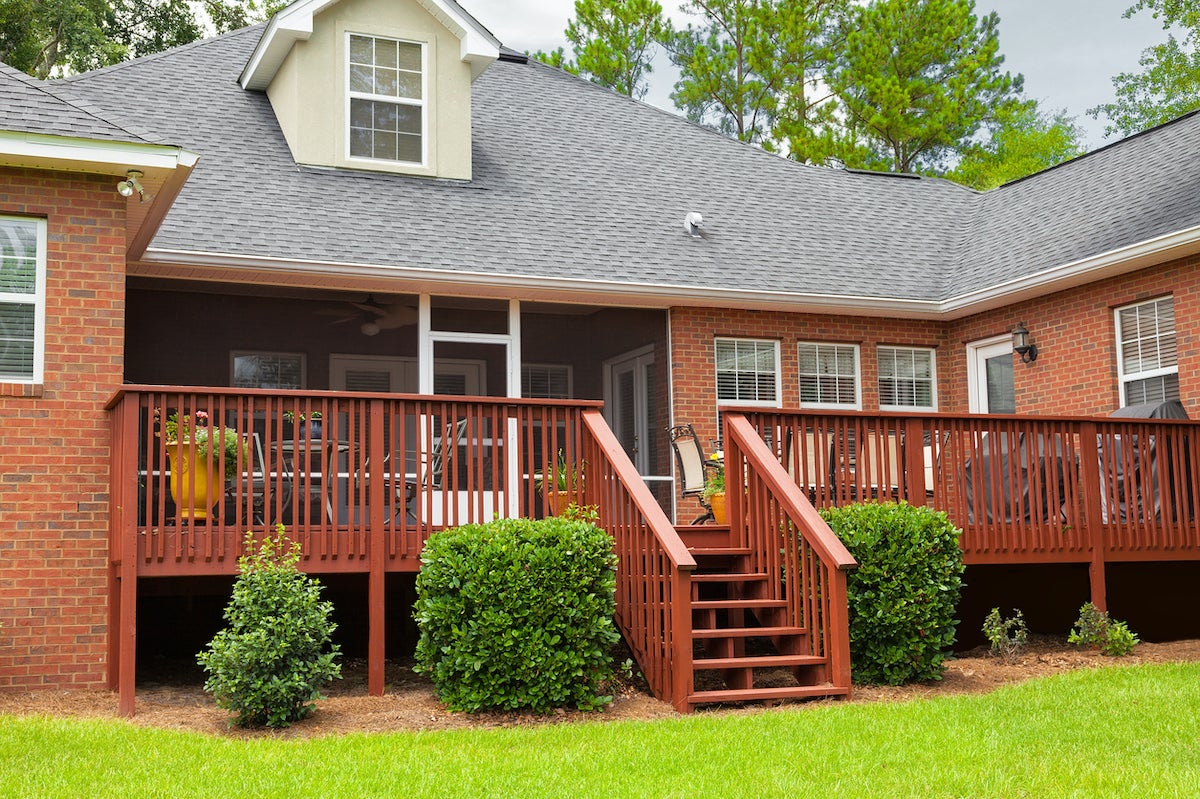

0 thoughts on “How Tall Should Horse Fence Be”